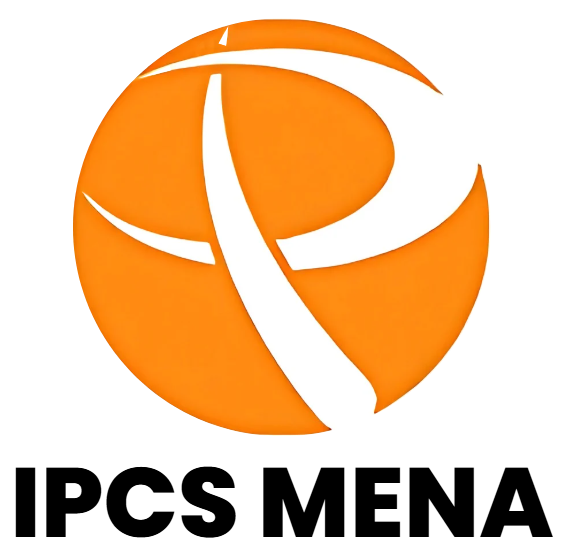Digital Transformation :
Digital transformation in procurement refers to the integration of digital technologies and advanced tools into the procurement process to enhance efficiency, agility, and strategic decision-making. As organizations across industries undergo a digital shift, procurement functions are embracing new technologies such as automation, data analytics, artificial intelligence (AI), machine learning, and cloud-based platforms. This transformation allows procurement departments to move from traditional, manual processes to data-driven, automated, and more collaborative models that drive greater business value.
The Need for Digital Transformation in Procurement
Procurement departments have historically relied on manual and siloed processes, resulting in inefficiencies such as time-consuming paperwork, errors in data entry, lack of visibility, and limited supplier collaboration. As businesses become increasingly global, complex, and fast-paced, these traditional methods are no longer sufficient. The need for faster, smarter, and more cost-effective procurement processes has led organizations to seek digital solutions that can streamline operations and improve outcomes.
Digital transformation addresses these challenges by providing procurement teams with tools that automate routine tasks, improve data accuracy, and offer deeper insights into spending and supplier performance. The result is more informed, agile decision-making, reduced costs, and a procurement function that can add greater strategic value to the organization.
Key Components of Digital Transformation in Procurement
- Automation of Manual Tasks: One of the most impactful aspects of digital transformation is the automation of time-consuming, repetitive tasks. Through tools like e-procurement platforms, purchase order automation, and invoice processing systems, procurement teams can reduce manual errors, speed up procurement cycles, and free up staff to focus on more strategic activities. For example, automation can handle tasks like purchase order creation, approvals, and invoice matching, reducing the need for human intervention and allowing procurement professionals to focus on supplier relationships, contract negotiations, and cost optimization.
- Data-Driven Insights and Analytics: Digital transformation enables procurement teams to harness the power of big data and advanced analytics to make smarter, evidence-based decisions. By collecting and analyzing vast amounts of procurement data, organizations can uncover insights into spending patterns, supplier performance, and market trends. Predictive analytics can forecast demand, help identify cost-saving opportunities, and improve procurement forecasting accuracy. For example, by analyzing historical spend data, procurement teams can spot areas of excessive expenditure and implement targeted cost-cutting measures.
- Supplier Collaboration and Communication: Cloud-based platforms facilitate real-time communication and collaboration between procurement teams and suppliers. Digital solutions enable better transparency, visibility, and coordination across the supply chain, allowing both parties to share information, track orders, and monitor performance. This improved communication enhances supplier relationships, reduces lead times, and helps ensure better alignment with organizational goals. Supplier portals, for instance, allow suppliers to submit bids, update inventory levels, and track payment statuses directly, fostering smoother and more collaborative relationships.
- Artificial Intelligence (AI) and Machine Learning: AI and machine learning are transforming procurement by enabling more intelligent decision-making and predictive capabilities. AI can help identify the best suppliers by analyzing past performance data, while machine learning algorithms can optimize purchasing strategies by learning from previous procurement cycles. AI-powered chatbots and virtual assistants can also support procurement teams by answering routine inquiries, providing data-driven recommendations, and assisting in contract management. These technologies improve procurement efficiency and accuracy, reducing manual errors and enabling better decision-making.
- Blockchain for Transparency and Security: Blockchain technology is increasingly being explored for its potential to provide transparency, traceability, and security in procurement transactions. By creating an immutable ledger of transactions, blockchain allows both buyers and suppliers to verify the authenticity of goods, track product provenance, and ensure compliance with contractual agreements. This technology can help mitigate risks such as fraud, counterfeiting, and non-compliance, offering greater confidence in the procurement process.
- Sustainability and Responsible Sourcing: Digital tools also enable procurement teams to make more sustainable and socially responsible sourcing decisions. By using digital platforms that assess supplier sustainability practices, organizations can ensure that their supply chains align with environmental, social, and governance (ESG) criteria. These tools help track the carbon footprint of suppliers, evaluate their compliance with ethical labor practices, and select products that meet sustainability standards, driving responsible procurement practices throughout the supply chain.
Benefits of Digital Transformation in Procurement
- Improved Efficiency: Automating manual processes and leveraging digital tools significantly speeds up procurement cycles, enabling quicker decision-making and faster order fulfillment. This leads to reduced lead times, fewer delays, and more streamlined operations.
- Cost Savings: Digital transformation drives cost reduction through better spend management, optimized supplier selection, and enhanced procurement visibility. With the help of analytics, organizations can negotiate better terms, consolidate suppliers, and reduce unnecessary spending.
- Enhanced Decision-Making: Real-time data and analytics provide procurement teams with a comprehensive view of spending, supplier performance, and market conditions. This enables data-driven decision-making and strategic planning that align with broader organizational goals.
- Better Risk Management: By improving supply chain visibility and providing tools to monitor supplier performance, digital transformation helps organizations identify and mitigate risks such as supply disruptions, regulatory non-compliance, or financial instability within the supplier base.
- Scalability and Flexibility: Cloud-based solutions offer scalability, allowing organizations to adjust procurement processes as their needs evolve. Digital tools can easily accommodate increased volume or geographical expansion, ensuring that procurement functions remain agile and adaptable in a rapidly changing business environment.
